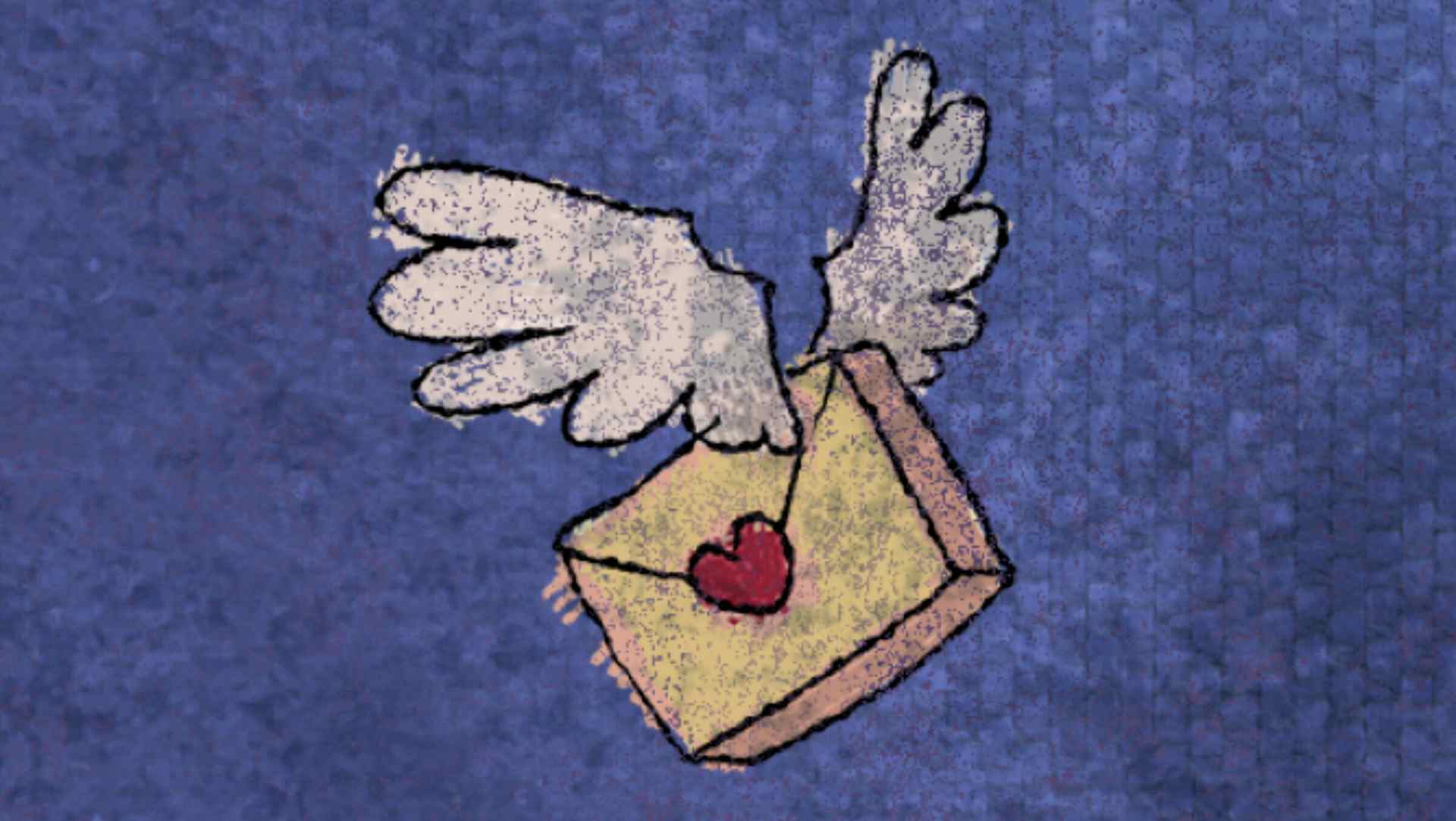
Curated by hazel and xoe
Who hasn't dreamed about being transported into the world of your favorite book (or video game or historical period)? Isekai is a descriptor that tells us the anime we're about to watch will be about a normal boy or girl from our own mundane world who is sucked into another- usually one imbued with some form of magic. Less of a genre and more of a trope, isekai anime are ripe for themes of coming-of-age and discovering one's inner strength and potential.
The current isekai boom has only gained momentum since 2012 when Sword Art Online crashed into the market like a meteor. The massive popularity of SAO diverted the course of isekai anime forever. While titles like Digimon (1999) and .Hack//Sign (2002) were already interested in the possibilities of the internet to create a virtual reality, SAO caused a complete turn towards isekai focused on video game worlds and mechanics. This literal gamification of new isekai shifted their narratives toward questing to level up in power and away from themes of personal growth through adversity and maturation. Moreover, correlated or not, isekai has since moved away from the primary purview of female protagonists.
There were epic fantasies of entering another world and meeting that special someone across time and space long before SAO. The most influential isekai heroines in anime have to be Miaka of Fushigi Yugi (1995), Hitomi of Escaflowne (1996), and Kagome of Inuyasha (2001). We should also include Alice Liddell of Alice in Wonderland (1951) which was so enormously influential that any tv anime from the 90s worth its salt has a surreal Alice-themed filler episode. Lost in Austen (2008) is an underrated BBC miniseries that demonstrates why fanfiction is and will always be the domain of women.
Looking back slightly further, we find the origins of isekai in the folktale of Taro Urashima (in Japanese Anime Classics Collection v. 1) which has been a direct influence on countless anime including spotlight favorite Beautiful Dreamer (1984). Aura Battler Dunbine (1984) is cited as the first isekai anime and one that incorporates the popular giant mecha tropes of the decade into a fantasy setting. Fire Tripper (1985) is the VHS-only prototype for Rumiko Takahashi's later mega-hit Inuyasha and is worth a watch for its killer soundtrack alone.
The human imagination is so rich it spawns countless universes translated from dreams to words to images. Beyond simple escapism these stories hold our hopes and fears and impulse towards mythology. They might inspire us to be brave in our own lives. At any rate, it's nice to feel that the dream truly does beautify the dreamer.



